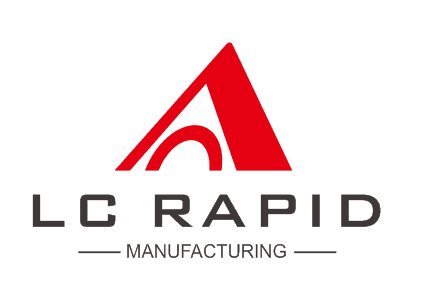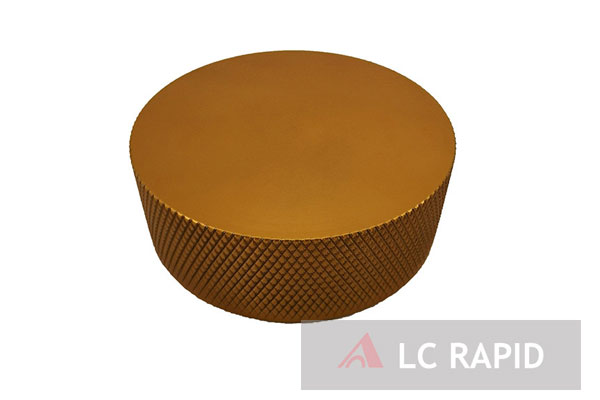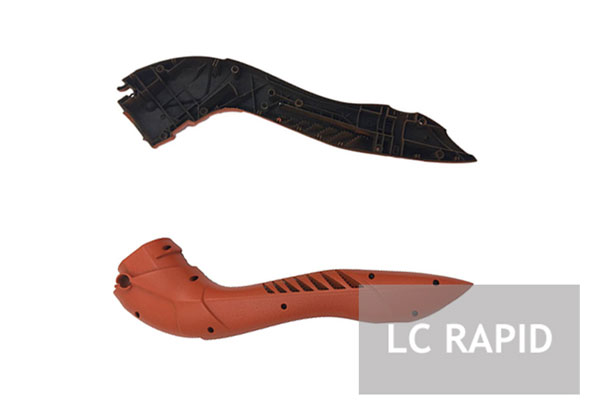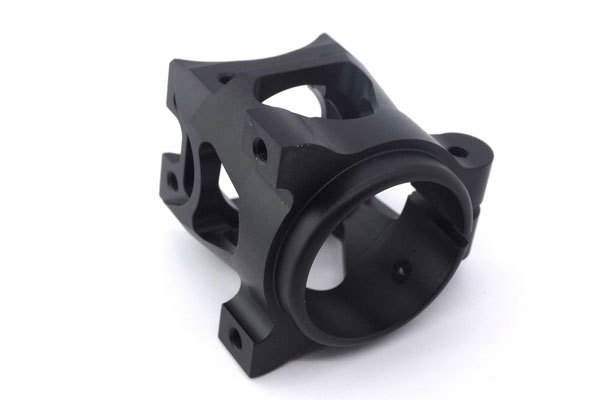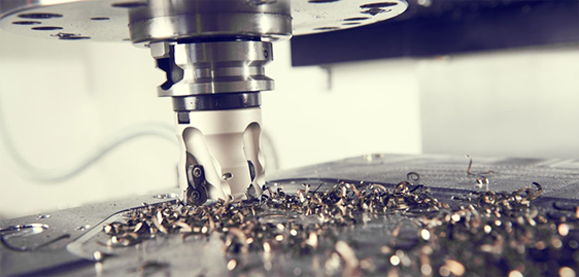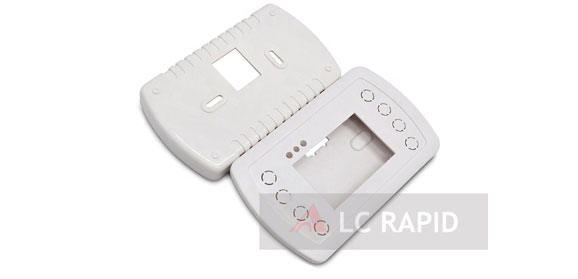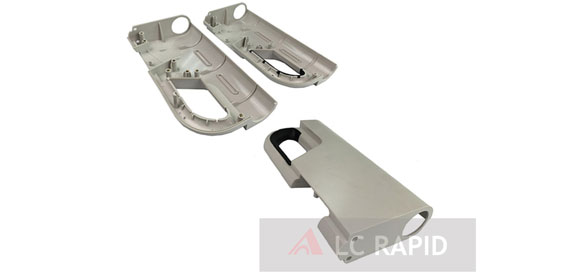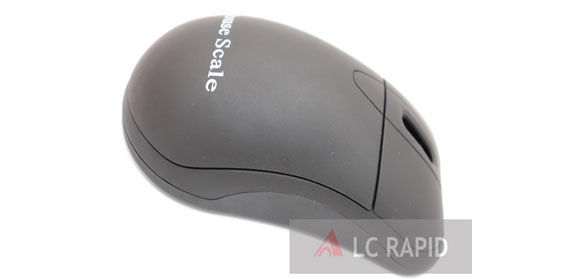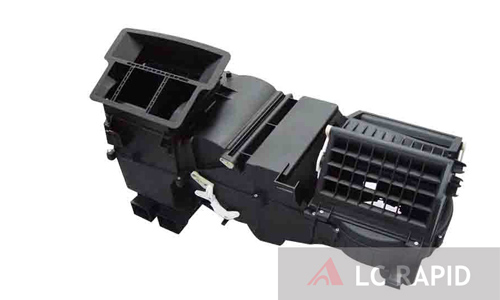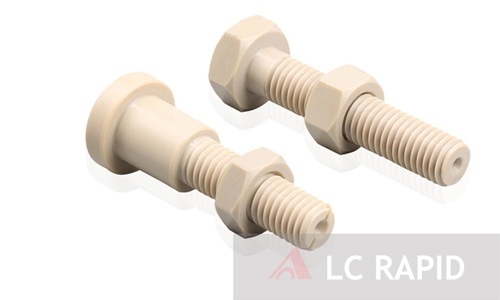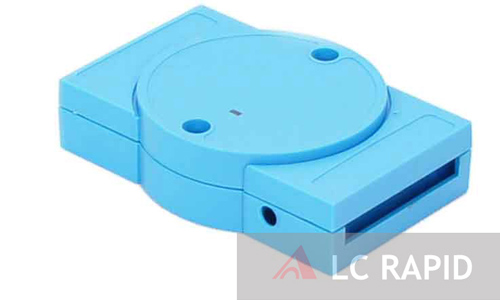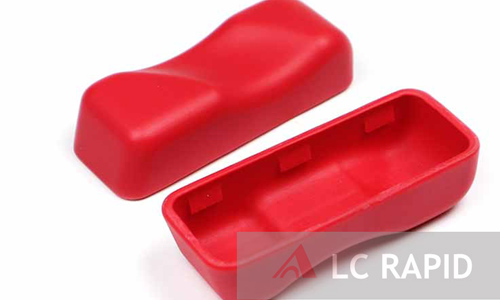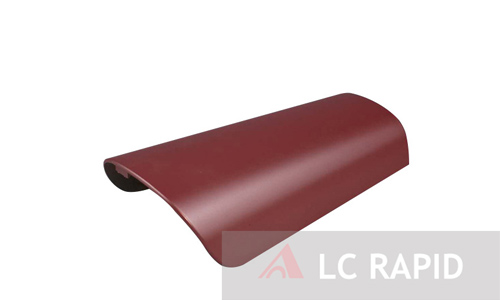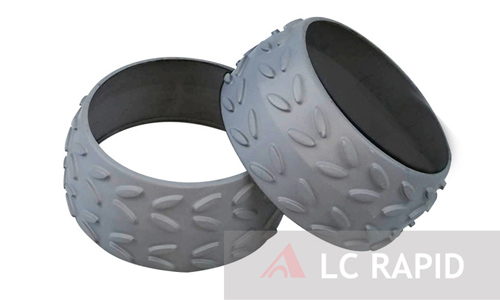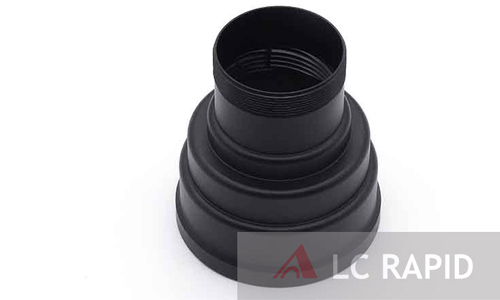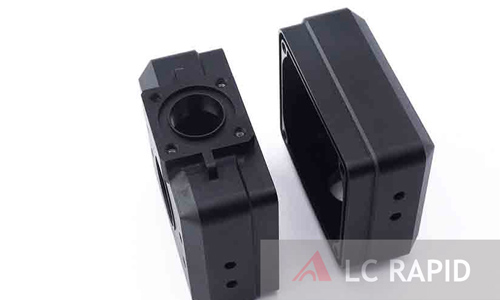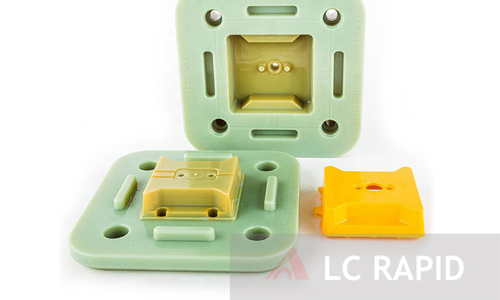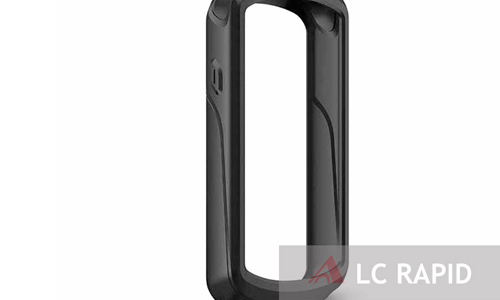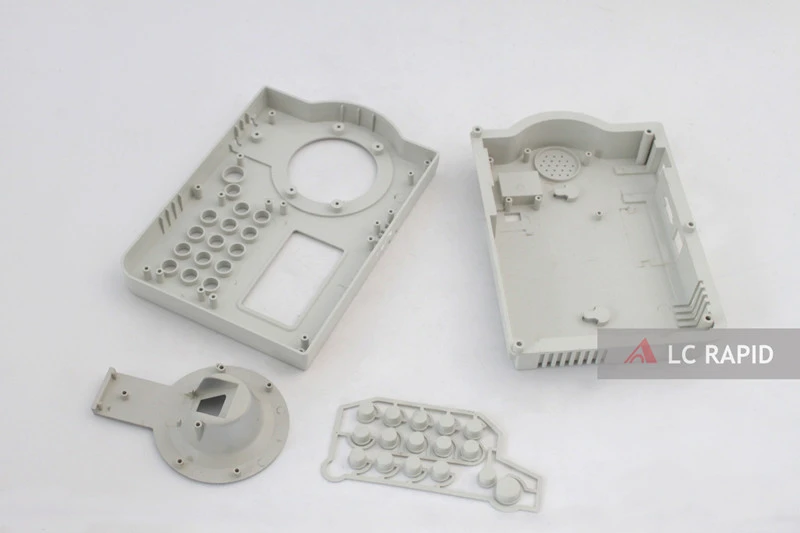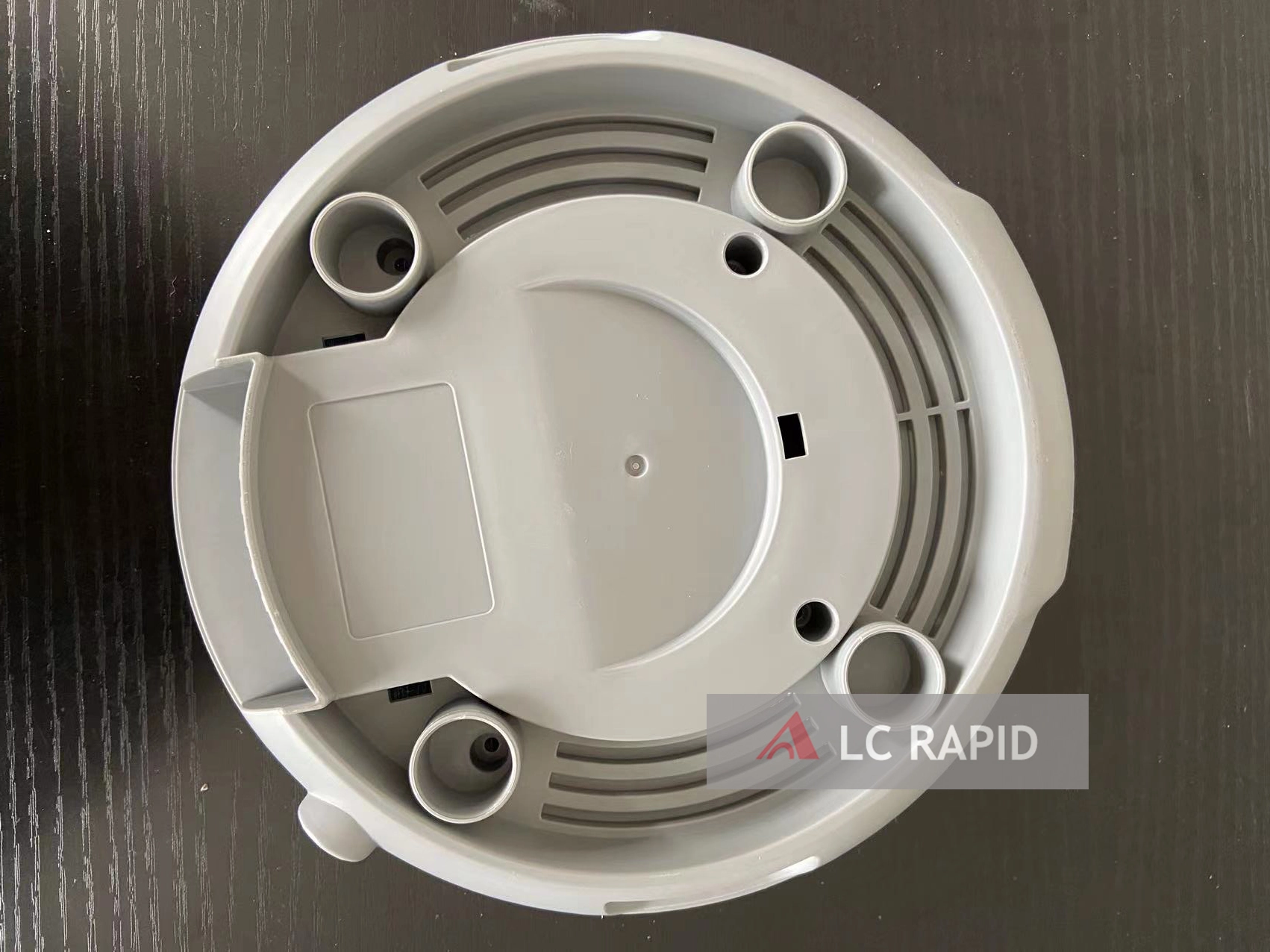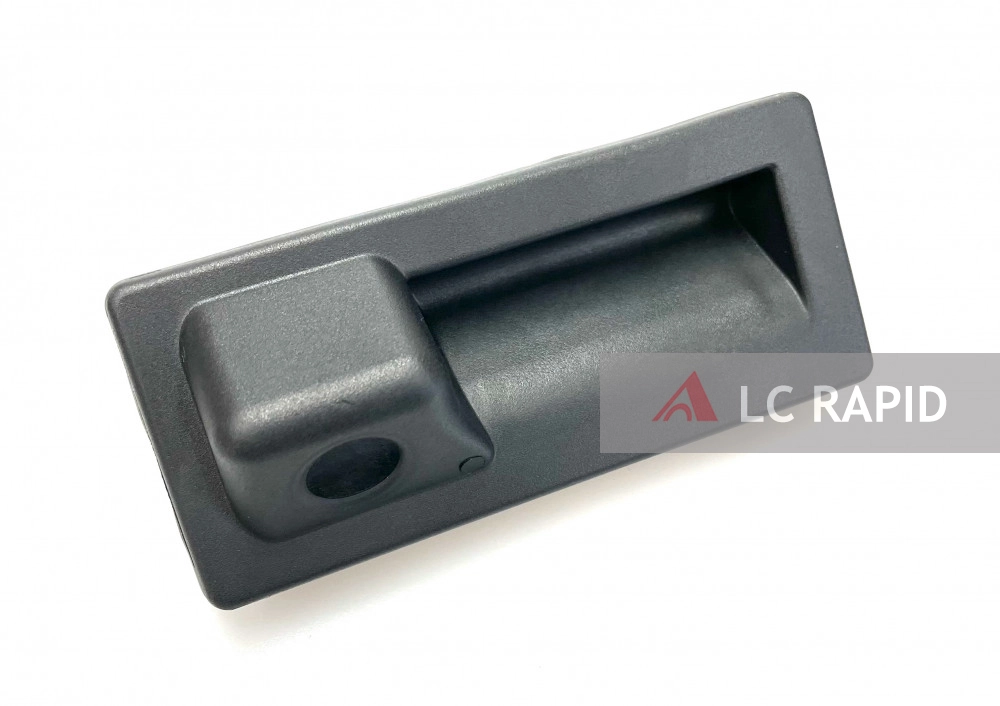Vacuum Die Casting Process
The polyurethane vacuum die casing process has three major steps:
Building the Master Pattern.
The master pattern can be made using an subtractive manufacturing process, CNC machining or additive manufacturing process like stereolithography (SLA) or Selective Laser Sintering (SLS) 3D printing processes.
Creating the Mold.
Putting master pattern into a casting frame and filling the frame with silicone material to shape a mold. Once cured, the mold is cut into halves and the master pattern is removed, forming a cavity to cast parts. One master pattern can be repeatedly used to leave multiple molds, making the vacuum die casting process an optimal option for on-demand, mid-to-low production runs.
Casting Products.
Injecting the liquid polyurethane material into the silicone mould and then placing the silicone mold in a vacuum chamber. When the mold hardens, the mold halves are set apart and the polyurethanes can be casted in vacuum pressure. 15-25 copies can be casted throughout the casting process in a repeated way.
